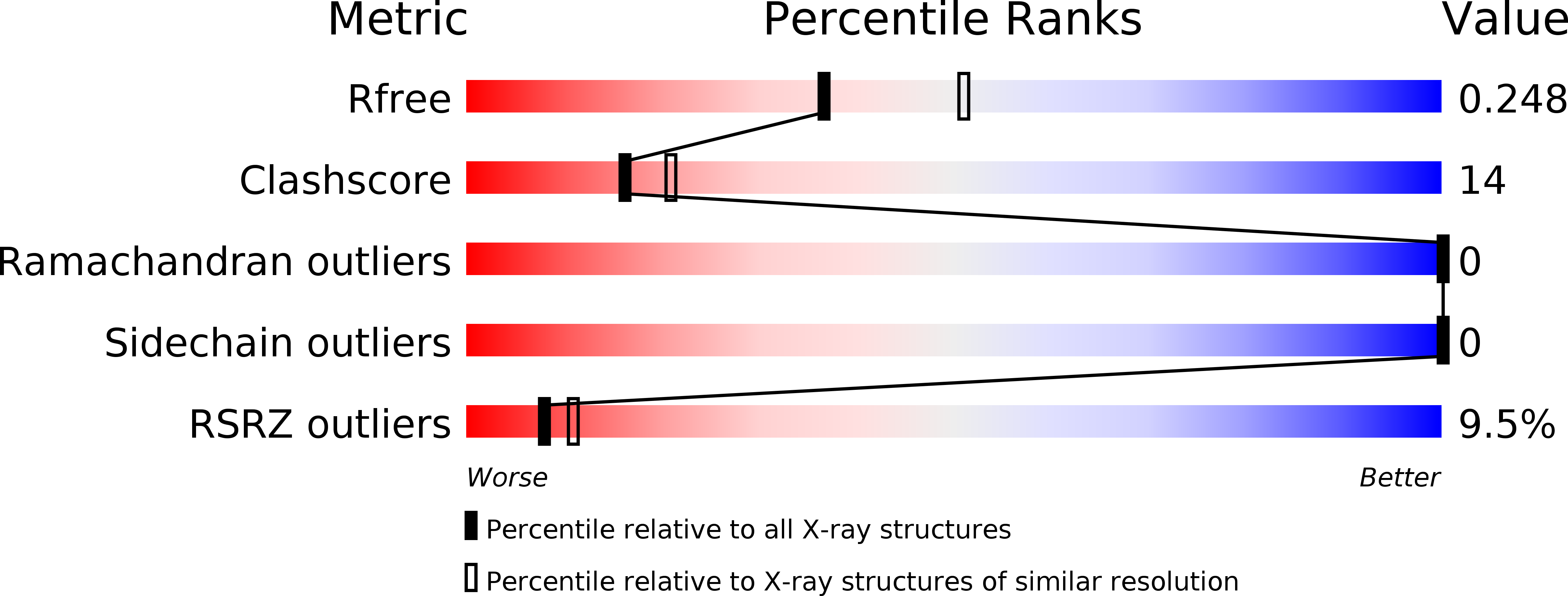
Deposition Date
2012-10-11
Release Date
2013-01-09
Last Version Date
2024-02-28
Entry Detail
PDB ID:
4HI4
Keywords:
Title:
Crystal structure of the 5-coordinate ferric heme-binding PAS domain of Aer2 from P. aeruginosa
Biological Source:
Source Organism:
Pseudomonas aeruginosa (Taxon ID: 287)
Host Organism:
Method Details:
Experimental Method:
Resolution:
2.30 Å
R-Value Free:
0.24
R-Value Work:
0.22
R-Value Observed:
0.22
Space Group:
P 21 21 21


